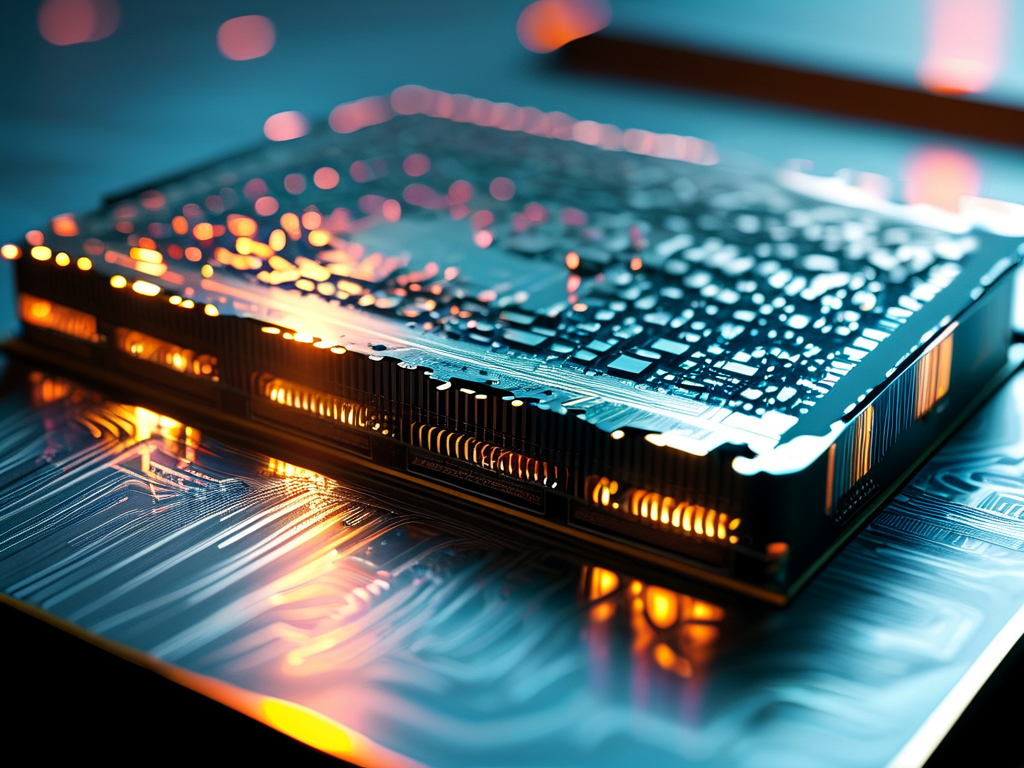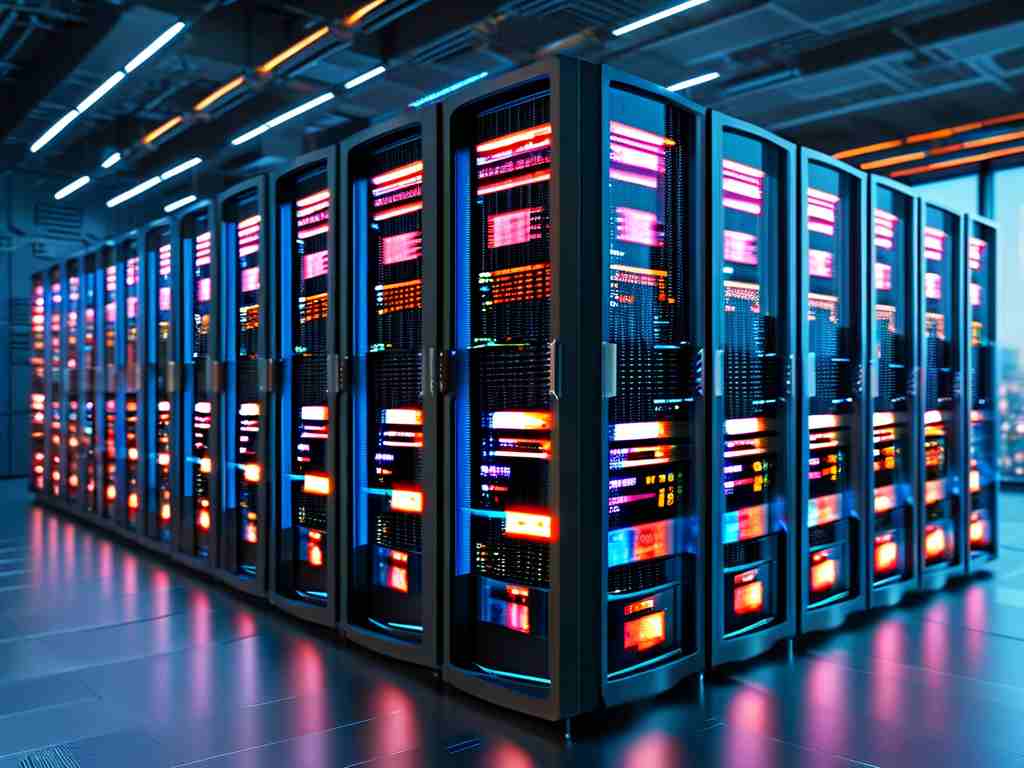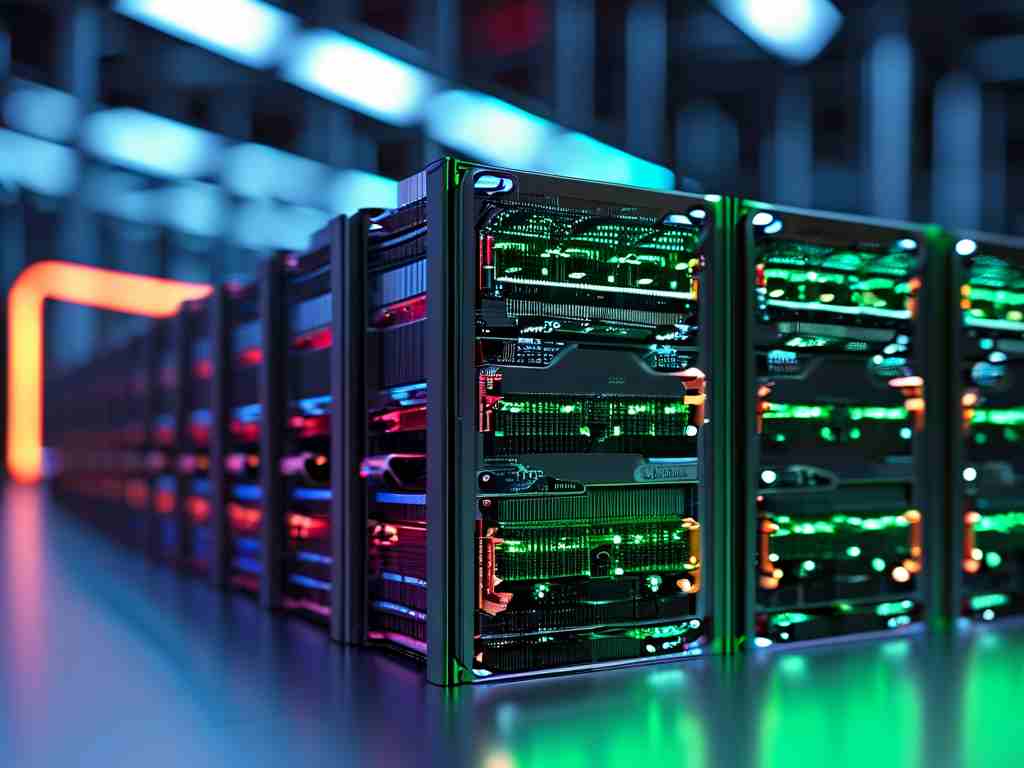In modern computing architectures, the role of GPU memory has become increasingly critical for handling complex computational tasks. While traditional CPU-based systems rely on general-purpose RAM, specialized graphics processing units (GPUs) demand dedicated memory solutions to deliver optimal performance. This article explores the technical and practical reasons behind the necessity of GPU-specific memory in contemporary computing workflows.

Architectural Differences Drive Memory Requirements
GPUs are designed for parallel processing, a capability that sets them apart from sequential-processing CPUs. This parallelism requires rapid access to large datasets simultaneously. Unlike CPU memory, which prioritizes low latency for single-threaded operations, GPU memory architectures emphasize high bandwidth to feed thousands of cores working in unison. For instance, NVIDIA's GDDR6X memory delivers speeds exceeding 1 TB/s, enabling real-time rendering and AI model training that would bottleneck conventional DDR4/DDR5 system memory.
Memory Hierarchy and Data Throughput
A GPU's memory subsystem operates through a carefully optimized hierarchy:
// Simplified CUDA memory hierarchy example
__global__ void kernel(float* global_mem, float* shared_mem) {
__shared__ float tile[512];
// Copy from global to shared memory
tile[threadIdx.x] = global_mem[blockIdx.x * blockDim.x + threadIdx.x];
// Process data in faster shared memory
// ...
}
This code snippet demonstrates how GPUs leverage different memory types (global, shared, register) to maximize throughput. Dedicated GPU memory reduces dependency on system RAM, avoiding PCIe bus limitations that can create data transfer bottlenecks.
Workload-Specific Optimization
Modern applications like machine learning and 3D simulation require memory subsystems that can handle:
- Massive parameter sets in neural networks (e.g., GPT-3's 175 billion parameters)
- High-resolution texture streaming in game engines
- Scientific datasets exceeding 100GB in particle physics simulations
Generic system memory lacks the specialized error correction (ECC) and thermal management features found in GPU memory modules. AMD's Infinity Cache technology, for example, demonstrates how on-package memory solutions can reduce latency by 40% compared to traditional designs.
Economic and Efficiency Considerations
While adding more system RAM might seem like a solution, it proves inefficient for GPU-accelerated tasks. A study by Intel Labs revealed that transferring data between CPU and GPU memory consumes 15-30% of total processing time in hybrid computing setups. Dedicated GPU memory eliminates this overhead through:
- On-board memory controllers
- Hardware-accelerated compression
- Cache-aware programming models
Future-Proofing Computational Infrastructure
As computational demands grow exponentially (following Koomey's Law), GPU memory technologies are evolving faster than conventional RAM. The emergence of HBM3 (High Bandwidth Memory) with 3D stacking achieves 819 GB/s per stack, compared to DDR5's theoretical maximum of 51.2 GB/s. This 16x bandwidth advantage makes GPU memory indispensable for next-generation applications in quantum simulation and real-time ray tracing.
In , the specialized nature of GPU memory addresses fundamental limitations in traditional computing architectures. From its parallel-access design to workload-specific optimizations, dedicated graphics memory has become non-negotiable for achieving breakthrough performance in artificial intelligence, advanced visualization, and scientific computing. As computational challenges grow in scale and complexity, the evolution of GPU memory will continue to dictate the boundaries of what's achievable in high-performance computing.




